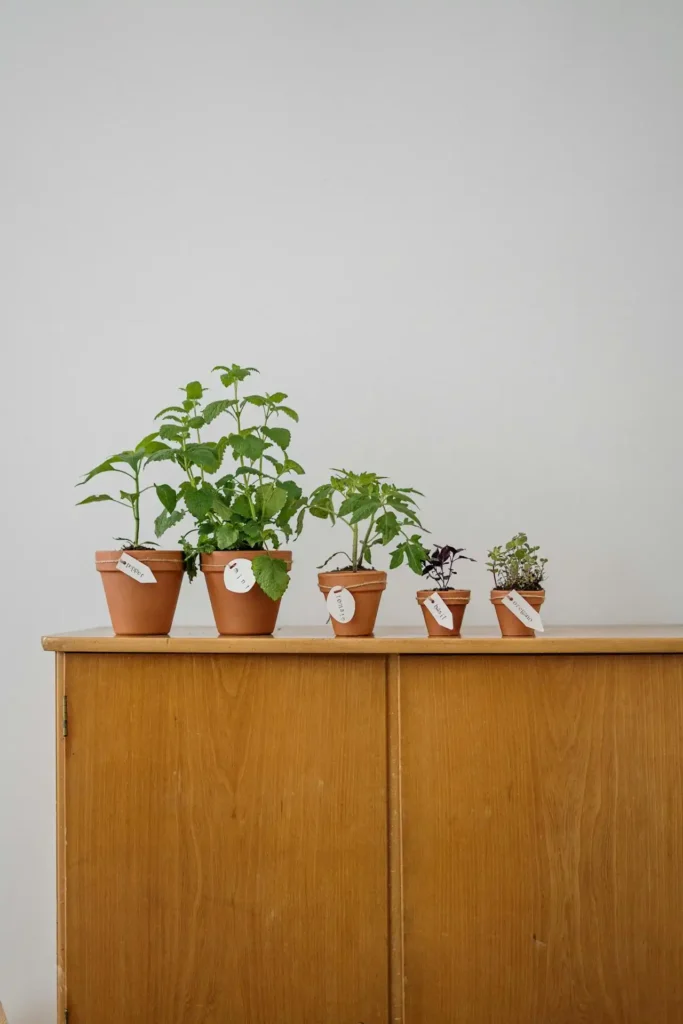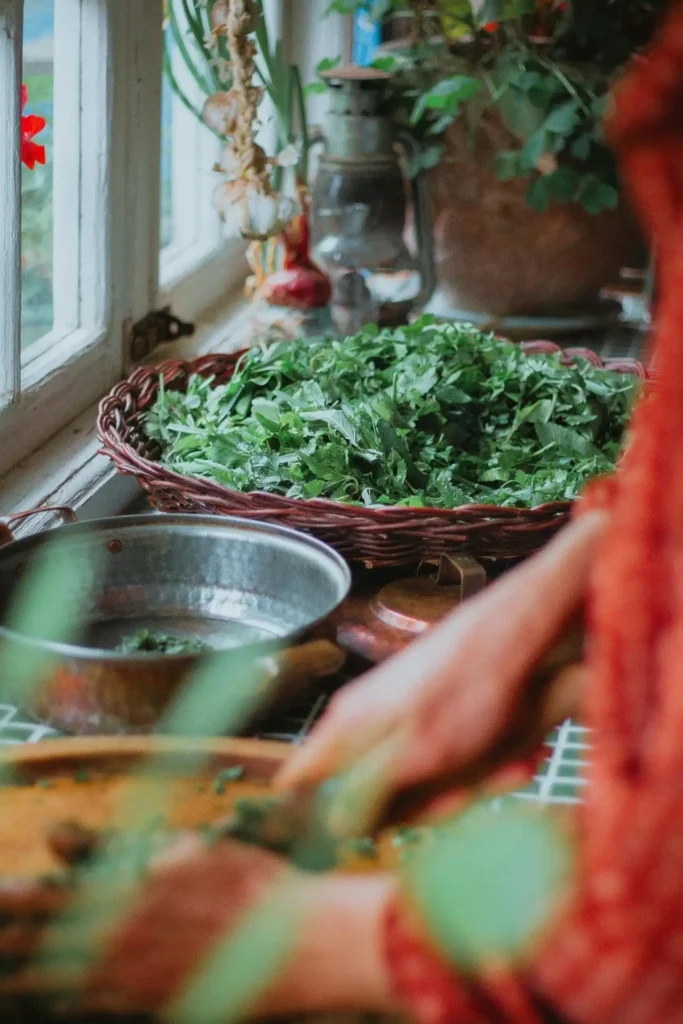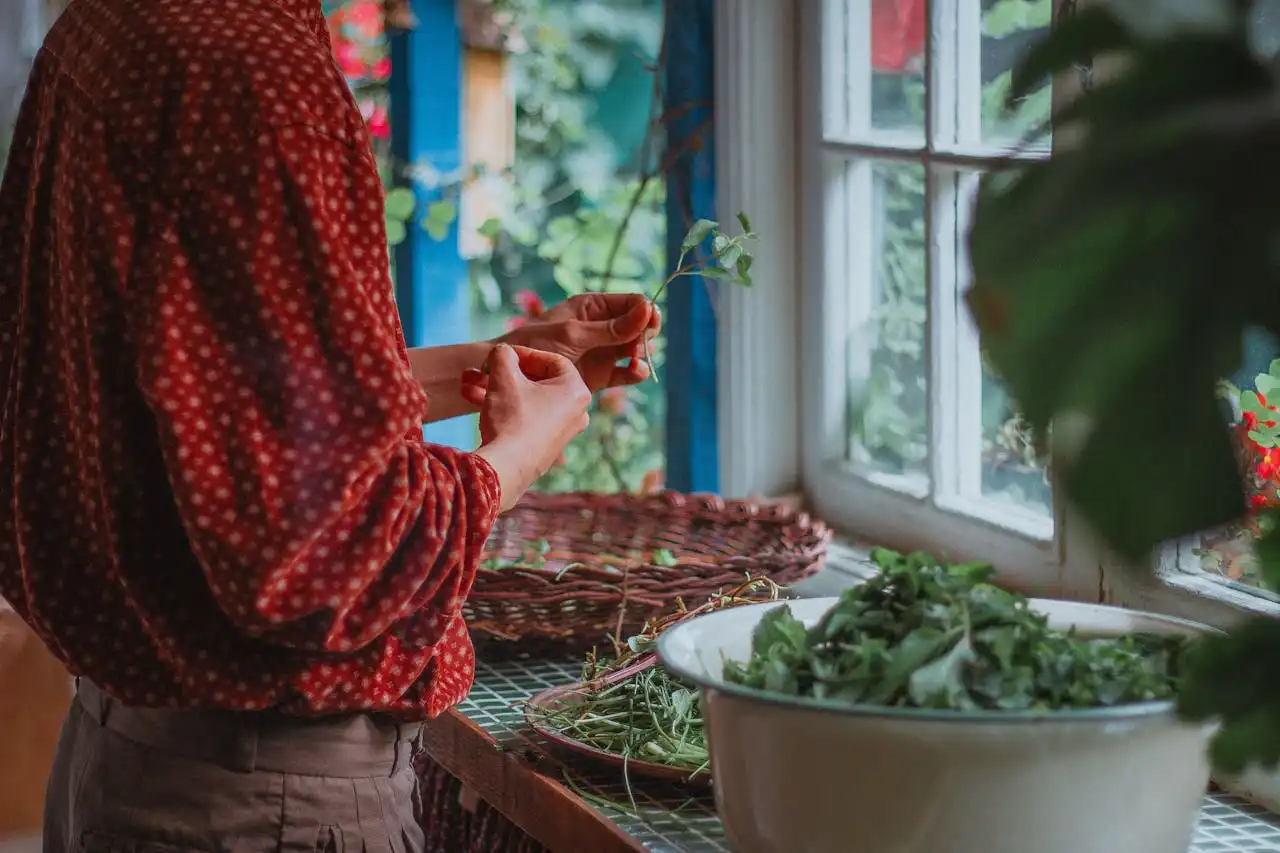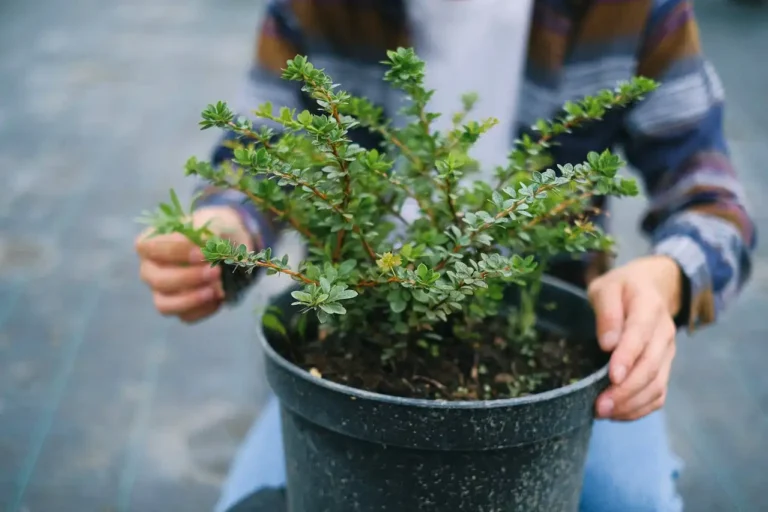Easy Herbs to Grow Indoors (Even Without a Green Thumb)
You don’t need a sprawling garden or years of experience to enjoy fresh herbs in your cooking. Growing herbs indoors brings incredible flavors right to your kitchen counter.
Many herbs actually thrive in containers and adapt well to indoor conditions. You can start your herb garden today with just a sunny windowsill and basic supplies.
Even if you’ve killed every plant you’ve ever owned, these forgiving herbs will give you confidence. They’re practically designed to succeed in your home.
Basil: Your Gateway to Fresh Flavor

Basil tops the list for good reason. This aromatic herb grows quickly and rewards you with abundant leaves for your favorite dishes.
Start with sweet basil varieties from your local garden center. These transplants give you a head start over seeds and establish faster in your indoor environment.
Place your basil in the sunniest spot you can find. South-facing windows work best, providing at least six hours of direct sunlight daily.
Water when the top inch of soil feels dry to your touch. Basil likes consistent moisture but hates soggy roots that lead to rot.
Pinch off flower buds as soon as you spot them. This simple step keeps your plant producing tender leaves instead of going to seed.
Harvest regularly by cutting stems just above a pair of leaves. Your plant will branch out and produce even more basil for your kitchen adventures.
Mint: The Indestructible Herb
Mint earns its reputation as nearly impossible to kill. This vigorous herb bounces back from neglect and spreads enthusiastically in containers.
Choose spearmint or peppermint for reliable results. Both varieties adapt well to indoor growing and offer distinct flavors for teas and cooking.
Mint tolerates lower light conditions than most herbs. An east or west-facing window provides plenty of light for healthy growth.
Keep the soil consistently moist but not waterlogged. Mint appreciates more water than drought-tolerant herbs like rosemary.
Trim stems regularly to prevent your plant from becoming leggy. Cut back up to one-third of the plant at a time to encourage bushy growth.
Watch for mint’s spreading habit even in containers. Pinch off runners that try to escape, or transplant them into new pots for additional plants.
Chives: The Low-Maintenance Champion
Chives practically grow themselves once established. These onion-flavored herbs produce steady harvests with minimal care from you.
Start with small plants from the garden center for quickest results. Chives grown from seed take longer to reach harvestable size.
Position your chives in bright, indirect light. They handle morning sun well but appreciate protection from intense afternoon heat.
Water when the soil surface feels dry. Chives tolerate some drought but produce better with consistent moisture.
Cut chives like grass, snipping what you need from the top. Leave at least two inches of growth so the plant can recover quickly.
Divide clumps every two years to keep plants vigorous. Simply separate the bulbs and replant in fresh potting mix.
Parsley: The Versatile Workhorse
Parsley provides steady harvests and works in countless recipes. Both flat-leaf and curly varieties grow well indoors with proper care.
Flat-leaf parsley offers more intense flavor and handles cutting better than its curly cousin. Choose based on your cooking preferences.
Provide bright light for best results. Parsley grows in partial shade but produces more abundantly with adequate illumination.
Keep soil evenly moist throughout the growing season. Parsley develops a taproot and suffers when allowed to dry out completely.
Harvest outer stems first, leaving the center growing point intact. This method ensures continuous production throughout the growing season.
Start new plants every few months for steady supplies. Parsley eventually bolts to seed, especially as temperatures warm.
Cilantro: The Quick Producer
Cilantro grows fast and provides harvests within weeks of planting. This cool-weather herb prefers indoor conditions during hot months.
Sow seeds directly in your containers for best results. Cilantro doesn’t transplant well due to its delicate taproot.
Choose a cool location with bright light. Cilantro bolts quickly in warm conditions, so avoid hot windowsills during summer.
Keep soil consistently moist during the growing period. Cilantro produces best with regular water and good drainage.
Harvest entire plants when they reach four to six inches tall. Cilantro doesn’t regrow after cutting like other herbs.
Plant new seeds every two weeks for continuous harvests. This succession planting ensures fresh cilantro throughout the growing season.
Oregano: The Pizza Herb

Oregano brings Mediterranean flavors to your indoor garden. This hardy perennial establishes quickly and produces for years with minimal care.
Greek oregano offers the most intense flavor for cooking. Common oregano works well too and grows more vigorously indoors.
Place oregano in your brightest window. This herb needs strong light to develop its characteristic pungent oils.
Water sparingly once established. Oregano prefers drier conditions and develops better flavor when not pampered with frequent watering.
Pinch flowers to keep leaves tender and flavorful. Flowering changes the leaf texture and reduces the herb’s culinary quality.
Cut stems back by half in late spring to encourage fresh growth. Oregano can become woody without regular pruning.
Thyme: The Drought-Tolerant Survivor
Thyme thrives with benign neglect, making it perfect for busy gardeners. This Mediterranean herb tolerates dry conditions and poor soil.
Common thyme works reliably indoors. Lemon thyme adds citrus notes to your herb collection and grows just as easily.
Provide maximum light exposure for compact growth. Thyme stretches and becomes leggy in insufficient light conditions.
Water only when soil feels completely dry. Overwatering kills thyme faster than drought conditions ever will.
Trim lightly and frequently rather than cutting large sections. Thyme grows slowly and takes time to recover from heavy pruning.
Replace plants every three years as they become woody. Young plants produce more tender leaves for cooking.
Setting Up Your Indoor Herb Garden
Choose containers with drainage holes to prevent waterlogged roots. Most herbs prefer slightly dry conditions over constantly wet soil.
Use quality potting mix designed for containers. Garden soil compacts in pots and doesn’t drain properly for herb production.
Group herbs with similar water needs together. This strategy simplifies your watering routine and prevents over- or under-watering mistakes.
Rotate containers weekly to ensure even light exposure. Plants naturally grow toward light sources and can become lopsided without rotation.
Light Requirements Made Simple
Most herbs need at least four hours of direct sunlight daily. South-facing windows provide the strongest light for indoor growing.
Supplement natural light with grow lights during winter months. LED grow lights consume less electricity and produce less heat than older technologies.
Watch for signs of insufficient light like pale leaves and stretched growth. Move plants closer to windows or add artificial lighting.
Watering Wisdom for Success
Check soil moisture with your finger rather than following rigid schedules. Different containers and conditions affect watering frequency.
Water thoroughly when needed, allowing excess to drain away. Shallow watering encourages weak root systems that struggle with stress.
Use room-temperature water to avoid shocking plant roots. Cold water can slow growth and stress your herbs unnecessarily.
Common Problems and Quick Fixes
Yellowing leaves often indicate overwatering or poor drainage. Reduce watering frequency and ensure containers drain properly.
Pale, stretched growth signals insufficient light. Move plants to brighter locations or supplement with artificial lighting.
Wilting despite moist soil suggests root rot from overwatering. Remove affected plants and improve drainage for remaining herbs.
Slow growth during winter months is normal for most herbs. Reduce watering and fertilizing during this dormant period.
Harvesting for Maximum Production

Cut herbs in the morning after dew dries but before heat builds. This timing ensures peak oil content and best flavor.
Never harvest more than one-third of the plant at once. This rule allows your herbs to recover quickly and continue producing.
Use clean, sharp scissors or pruning shears for harvesting. Clean cuts heal faster and reduce disease entry points.
Conclusion
Growing herbs indoors transforms your cooking with fresh flavors year-round.
These beginner-friendly herbs practically guarantee your gardening success.







